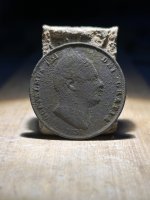Renaebri
Full Member
- Apr 11, 2018
- 115
- 384
- Detector(s) used
- Bounty Tracker IV, AT Pro
- Primary Interest:
- Relic Hunting
Small skeleton key found on treasure coast beach [SOLVED] Toy key
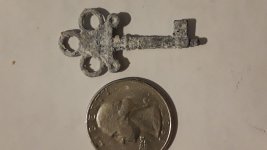
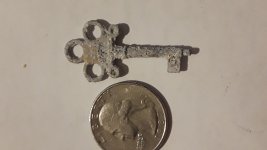
My dad found this on the beach, im not sure what it's made of (cast aluminum, pewter?) But curious how old it might be! especially considering the ship wrecks in the area, though I dont think it's related.
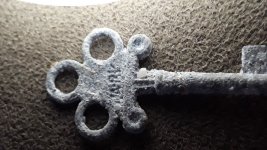
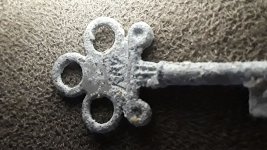
I cant really make out what is says, looks like ARV or A-PV, I thought it might be york but I'm pretty certain it's an A there. Both sides might say the same thing.


My dad found this on the beach, im not sure what it's made of (cast aluminum, pewter?) But curious how old it might be! especially considering the ship wrecks in the area, though I dont think it's related.


I cant really make out what is says, looks like ARV or A-PV, I thought it might be york but I'm pretty certain it's an A there. Both sides might say the same thing.
Last edited:


 but thanks in advance if anyone takes their time to do or try to do that!
but thanks in advance if anyone takes their time to do or try to do that!


